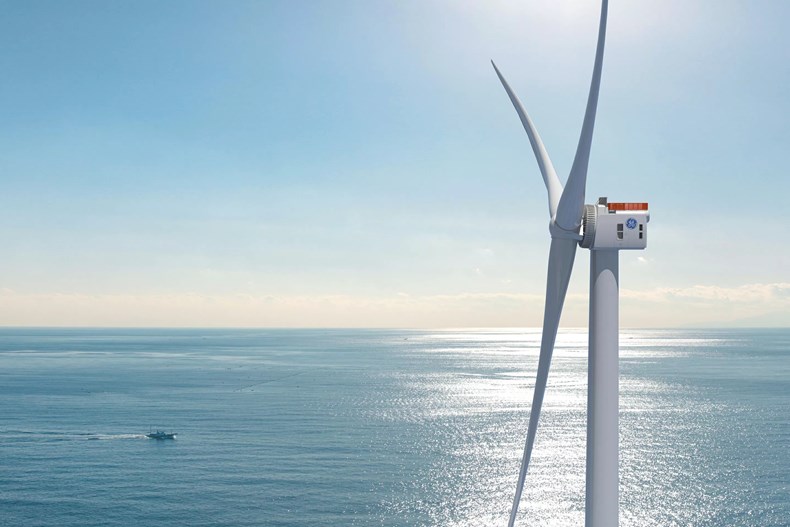United Kingdom – For the first time in the UK, Dogger Bank Wind Farm has won a tender from National Grid ESO to supply reactive power capability.
UK will have a greener grid, a stable voltage supply, and lower consumer costs thanks to this first-of-its-kind contract.
As a joint venture between SSE Renewables, Equinor, and Eni, the Dogger Bank Wind Farm is breaking world records and introducing new technology. An offshore wind farm’s transmission asset will now deliver reactive power for the benefit of UK consumers, helping solve future grid system needs and bringing the country one step closer to net zero carbon electricity generation.
World’s largest wind farm
When completed, Dogger Bank Wind Farm, located off the northeast coast of England, will be the world’s largest offshore wind farm, with a total generation capacity of 3.6GW. Dogger Bank Wind Farm is being developed and built by SSE Renewables, with Equinor taking over operation of the wind farm once it is complete, with an expected lifespan of 35 years.
Dogger Bank C, which was awarded a CfD in the 2019 auction, has an area of 560 square kilometres and is 196 kilometres from the shore at its closest point. Dogger Bank C is being developed at a different pace than the first two phases, Dogger Bank A and B, which are being constructed simultaneously. At the Lackenby Substation in Teesside, Dogger Bank C will be connected to the national grid.
First time contract
National Grid ESO has awarded Dogger Bank C a 10-year power contract worth £22.5 million to provide 200 MVAr of reactive power capability between 2024 and 2034 under the new Pennines Voltage Pathfinder contracts. A reactive power tender by National Grid ESO was used to award this contract to an offshore wind transmission asset for the first time.
Following the closure of other power plants in West Yorkshire, National Grid Electricity Transmission will provide a similar grid-support service there. Reactive power capacity of 700 MVAr will be provided by Dogger Bank C and National Grid Electricity Transmission for the next decade, saving consumers millions of pounds.
British system operator, National Grid ESO, has a responsibility to ensure voltage management adheres to strict guidelines for the safe and secure supply of electricity to customers and businesses in the UK. Voltage control and future zero-carbon system operation both require reactive power capability.
Reactive power
Reactive power solutions will be required in the North-East of England in the years to come following the expected closure of Hartlepool nuclear power station in March 2024, according to National Grid ESO’s Pennines Voltage Pathfinder program.
Dogger Bank C wind farm’s offshore transmission asset has been selected to provide the reactive power capability needed to stabilize voltage on the grid for ten years beginning in 2024 following a competitive process. Moreover, Dogger Bank C’s planned offshore transmission asset receiving the reactive power contract means that this service will no longer necessitate the development of new regional grid solutions. This means that additional energy infrastructure will not be built, which is in line with a key goal of the Offshore Transmission Network Review.
The onshore construction of the offshore transmission asset is expected to begin later this summer.





